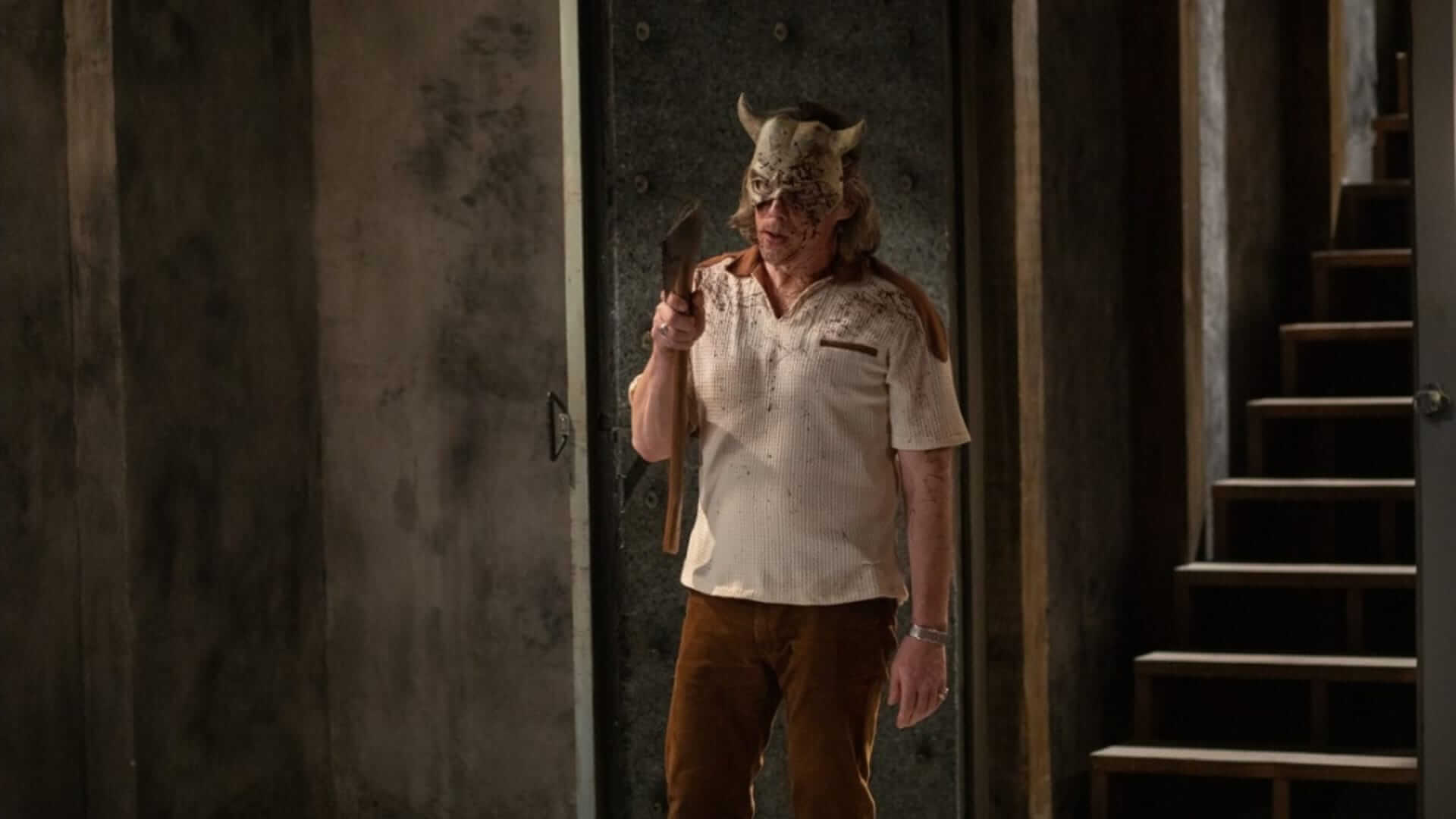How to Write a Short Story: 7 Elements to Always Remember
March 15, 2024
Short stories, sometimes called “flash fiction,” are incredibly popular right now. Call it a symptom of our busy lives or our limited ability to focus, but short stories can capture our imagination in a way no other narrative experience can.
While a novel allows us to live with its characters for days or weeks, experiencing their emotional ups and downs along the way, short stories allow us to dive headfirst into a world that may be unfamiliar, unfriendly, tense, or terrifying with the assurance that it’s only temporary so enjoy the thrill ride while it lasts. This is a big reason why the horror genre works so well in flash fiction and on Reddit threads like r/NoSleep because we can read the scary tale in one sitting and then move on to happier times.
Writing a powerful short story is an art form that challenges your creativity by limiting your story to one protagonist facing one specific problem. Short stories are generally 500 to 7,500 words, and while there may be many obstacles facing your protagonist, there is only space to conquer—or fail—at one main predicament. Let’s look at the seven key elements to remember when creating a short story.
Read More: André Øvredal Blends His Sense of Reality with GDT's Adaptation of Scary Stories to Tell in the Dark
1. Crafting a Hook
A short story needs to grab its reader’s attention right away. If this is not done in the opening line, do it in the opening paragraph at least. The opening should also set the tone for the story so the reader has at least a reasonable idea of what to expect.
The example that’s often ridiculed, “It was a dark and stormy night,” is tonally effective. We know something scary or troubling is going to happen. But your opening could also be a gripping question, a vivid description of an unfamiliar world, or a description that sets up a mystery. However you decide to invite the reader into your story, it should compel them to keep reading.

2. Establish a Colorful, Intriguing World
Because short stories are supposed to be read in one sitting, the fictional world should feel like a vacation from our real lives. One of the reasons so many sci-fi movies are based on short stories (Arrival, 2001: A Space Odyssey, Total Recall) is because a short story can effectively create and sustain a sci-fi or futuristic world realistically for a limited time.
Even if you’re not delving into sci-fi, allow the world to be unusual or fresh in some way. A well-crafted setting enhances the overall reading experience, making the narrative more vivid and memorable.
Read More: Worldbuilding 101 Using the Star Wars Model
3. Develop a Well-Rounded Protagonist
In a short story, it’s essential to create a protagonist that feels engaging and authentic and also has a central flaw. This flaw is the fulcrum on which the central conflict in the story balances. The protagonist will have to overcome this flaw, or there will be significant consequences.
Keep in mind the protagonist doesn’t have to be likable. They can be a cyber villain, a bad mother, or even an ax murderer, but we must understand why they do what they do. The protagonist should also be unique and memorable and take the reader on a journey that reflects their distinct perspective.

4. Build Tension and Create Conflict in Every Scene
Every compelling short story needs a central conflict that drives the plot forward. As mentioned earlier, this conflict is usually related to the protagonist’s main flaw, even if it’s not obvious at first.
In Charles Dickens’s A Christmas Carol, Scrooge’s flaw is that he doesn’t care about the suffering of others—this is the lesson the ghosts are coming to teach him. Introduce tension early on and allow it to increase as the story progresses. A Christmas Carol doesn’t just have one ghost, but three— each one increases the tension. Tension and conflict are what will make your protagonist take action to find a resolution to their problem.
5. Have a Clear Theme or Message
Before writing your short story, think about what you want your readers to take away from it. Whether it's exploring the complexities of human behavior (selfishness and greed in the case of Scrooge), the consequences of choices, or the ability to overcome a life-defining circumstance, a well-crafted theme adds depth and resonance to your short story. If that theme is powerful in your life, it will add emotional juice and authenticity to your story.

6. Limit Your Characters and Locations
You only have so many words to tell your story, so don’t crowd the paragraphs with extra characters or locations that all need dialogue or descriptions. Avoid unnecessary tangents unless they directly impact the protagonist and outcome of the story.
The story should be like a train cruising down one set of tracks, never changing tracks, derailing or slowing down until it gets to the end station.
7. Create a Memorable Ending
Most great short stories have a surprise or twist ending—a conclusion the reader didn’t see coming. Try to craft a resolution for your protagonist that is both emotionally satisfying and thought-provoking with a whiff of the unexpected. Whether it's a surprising twist, a poignant revelation, or a moment of reflection, the ending should resonate with the reader and leave a lasting impression.

---
Keep in mind you’ll likely need to do rewrites once you have a first draft of your short story. When rewriting, check if these seven reminders play out adequately and help you build a stronger conflict. Pay attention to each character, location, object, and word you’ve used to tell your story. Everything should somehow represent the theme and should only be in the story if it’s necessary. If you follow these steps, you’ll likely have a short story that leaves a lasting impression.
Written by: Shanee Edwards
Shanee Edwards is an L.A.-based screenwriter, journalist and novelist who recently won The Next MacGyver television writing competition to create a TV show about a female engineer and was honored to be mentored by actress/producers America Ferrera. Shanee's first novel, Ada Lovelace: The Countess Who Dreamed in Numbers was published by Conrad Press in 2019. Currently, she is working on a biopic of controversial nurse Florence Nightingale. Shanee’s ultimate goal is to tell stories about strong, spirited women whose passion, humor and courage inspire us all.



